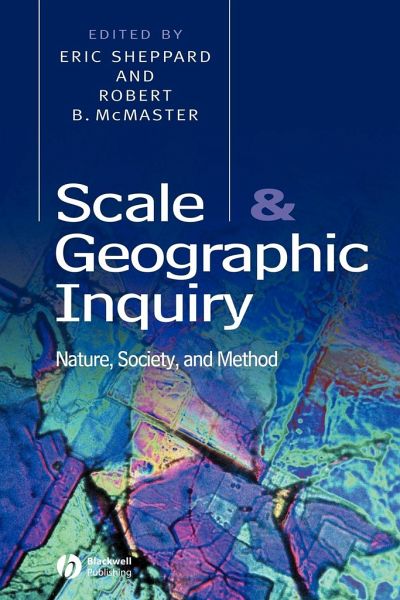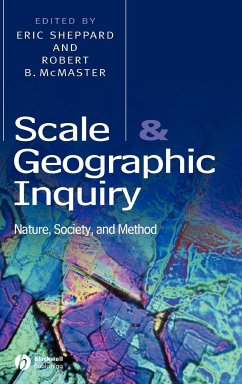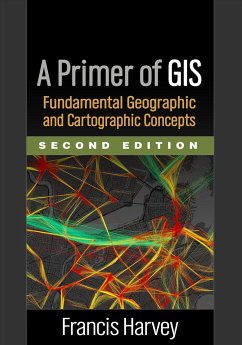
Scale and Geographic Inquiry
Nature, Society, and Method
Ed. by Eric Sheppard and Robert B. McMaster
Versandkostenfrei!
Versandfertig in über 4 Wochen
65,99 €
inkl. MwSt.
Weitere Ausgaben:

PAYBACK Punkte
33 °P sammeln!
This book is the first contemporary book to compare and integrate the various ways geographers think about and use scale across the spectrum of the discipline and includes state-of-the-art contributions by authoritative human geographers, physical geographers and GIS specialists.Provides a state of the art survey of how geographers think about scale.Brings together recent interest in scale in human and physical geography, as well as geographic information sciencePlaces competing concepts of scale side by side in order to compare them.The introduction and conclusion, by the editors, explores th...
This book is the first contemporary book to compare and integrate the various ways geographers think about and use scale across the spectrum of the discipline and includes state-of-the-art contributions by authoritative human geographers, physical geographers and GIS specialists.
Provides a state of the art survey of how geographers think about scale.
Brings together recent interest in scale in human and physical geography, as well as geographic information science
Places competing concepts of scale side by side in order to compare them.
The introduction and conclusion, by the editors, explores the common ground.
Provides a state of the art survey of how geographers think about scale.
Brings together recent interest in scale in human and physical geography, as well as geographic information science
Places competing concepts of scale side by side in order to compare them.
The introduction and conclusion, by the editors, explores the common ground.














